Tag: Primary Faculty
Lianne Cartee
We are working to establish a program which we believe is unique in the country. Our students are simultaneously students at two major universities with full privileges at both universities. NC State is home to a nationally ranked College of Engineering and Veterinary School, and UNC is home to the nationally ranked UNC hospital.
David Zaharoff
Our lab focuses on the development of translatable immunotherapy delivery platforms. We use a multidisciplinary approach to engineer biomaterials-based and technology-driven localized immunotherapy strategies. Our primary focus is cancer, although we have interests in treating esophageal disorders, infectious diseases and substance abuse.
Gianmarco Pinton
Our lab is interested in the nonlinear propagation of ultrasound and mechanical waves and their applications to medical imaging and therapy. Our research has been motivated by the observation that for intense sources the speed of wave propagation is no longer constant and that this complicates the mathematical framework but it also creates new opportunities. The goal of our work consists of three parts: to develop the physics and simulation tools that describes nonlinear wave propagation, to develop new diagnostic ultrasound imaging methods, to characterize shear shock wave propagation and its relationship to traumatic brain injury.
Roger Narayan
Roger Narayan has been a Professor in the Joint Department of Biomedical Engineering at the University of North Carolina and North Carolina State University since 2009. He works on the use of laser techniques such as pulsed laser deposition, laser micromachining, matrix-assisted pulsed laser evaporation, and laser-based additive manufacturing techniques for processing of biomaterials. Many types of laser-processed biomaterials have enhanced functionality over conventionally-processed materials and have potential applications in drug delivery, biosensing, and tissue engineering. Roger is an author of over one hundred publications as well as several book chapters on processing, characterization, and modeling of laser-processed biomaterials. He has taught biomaterials science to undergraduate students and graduate students since 2003. In addition, Roger has developed nanobiotechnology certificate programs at the University of North Carolina and at North Carolina State University. Dr. Narayan has given numerous invited research presentations and tutorials on laser-processed biomaterials at international materials engineering and medical device conferences. Earlier in his career, Roger received a National Science Foundation Faculty Early Career Development (CAREER) Award and an Office of Naval Research Young Investigator Award. Roger’s work is currently funded by the National Institutes of Health, the National Science Foundation, and industry. Roger was elected as Fellow of the American Institute for Medical & Biological Engineering in 2012.
H. Troy Nagle
Professor Nagle focuses his research on biomedical sensors and medical devices. In recent years he has been active in research projects in machine olfaction. He is currently President of the IEEE Sensors Council. He served as IEEE President in 1994 and was elected a Fellow of the AIMBE in 1998.
Scott Magness
Dr. Magness’ research is focused on the basic biology of intestinal stem cells, the genes that control their behavior, and translational approaches to stem cell based therapies for human disease and injury of the intestine. Furthermore his research focuses on elucidating genetic mechanisms underlying stemness and developing translational models to establish a finer understanding of stem cell-driven regeneration dynamics in homeostasis and injury. Using a combination of genetic mouse models and micro-frabricated bioengineered platforms, Dr. Magness’ team is exploiting the self-renewal capacity and multi-potency of ISCs to develop long-term ex vivo models of the intestine and colon with primary tissues. These biomimetic models offer new solutions for compound screening and cell-based therapies.


